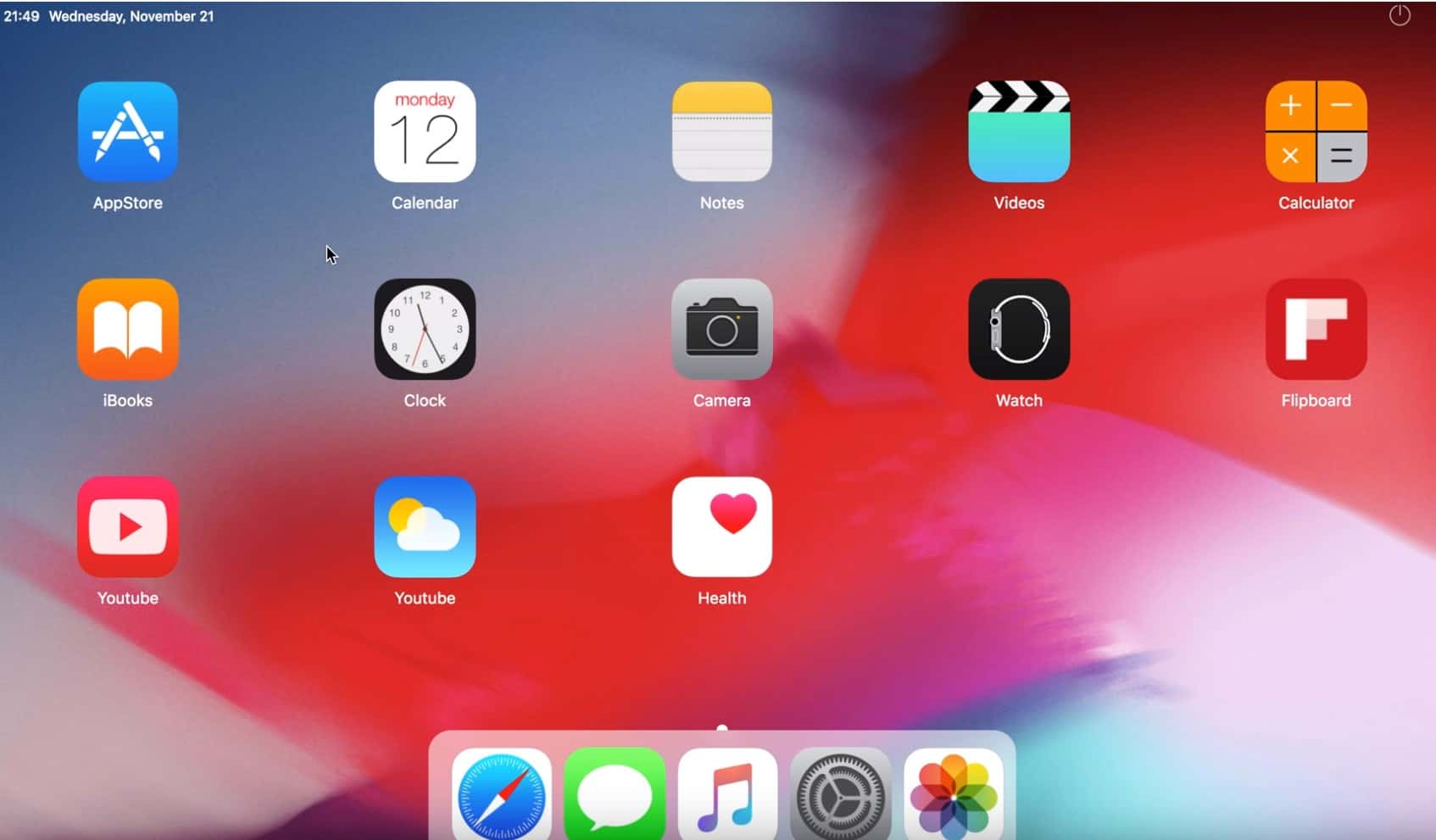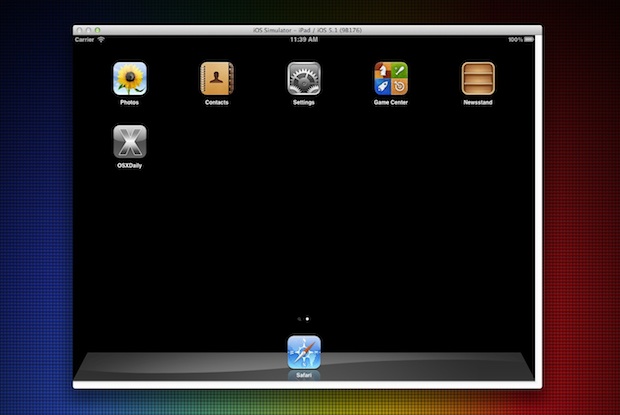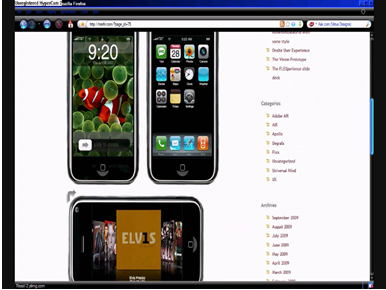

IOS Screen Recorder enables you to mirror and record your iPhone screen to the computer. so that you can see the difference between your Android device and the iOS one with it.įeatures of iPadian: Run apps that are designed for the iPadian simulator(+1000 Apps and Games) including Facebook, Spotify, Tiktok, Whatsapp, and more. This is an iPhone/iPad simulator that allows you to experience iOS although you don't have an ios device. It is popular because it lets you use all the games and applications originally designed for iPhone to be accessible over PC. I have found this useful when debugging image paths in the final app bundle.There is a growing demand for iPhone emulators for pc so that it creates an environment to run the iOS applications on PC. data/Containers/Bundle/Application/APP-ID. Once you have the simulator ID copied, you can navigate there in the terminal with: cd /Library/Developer/CoreSimulator/SIMULATOR-ID-THAT-YOU-COPIEDįor example, if you want to look into a specific app’s bundle, you can find that data within the simulator directory at. That should surface the current simulator faster for copying. If the device is already running, you can save yourself some time by passing a search argument: # Show only running simulators xcrun simctl list devices booted Find the ID from the output by iOS version and device specs and copy the ID.From anywhere on your system, run xcrun simctl list devices.The following command require Xcode command-line tools, which you probably already have installed if you are running Xcode. Look for “Identifier:” in the main panel and copy the value.Note: Make sure you match the device specs and iOS version.In the left menu of the new window, select the “Simulators” tab.You can use the shortcut shift+ command+ 2.

In the top menu, select “Window” > “Devices and Simulators”.There are two ways to find that, one using the Xcode UI and another using the terminal. In order to browse a specific simulator’s files, you need to know its ID. Each of these corresponds to a simulator device which contains all of the data for that instance.


If you look around in this directory, you will probably see a number of subdirectories with UUIDs. To do that, navigate to to the following directory: cd /Library/Developer/CoreSimulator When running a device simulator on macOS, it is possible to navigate that system’s directly through the command line (or Finder, if you’d prefer).


 0 kommentar(er)
0 kommentar(er)
